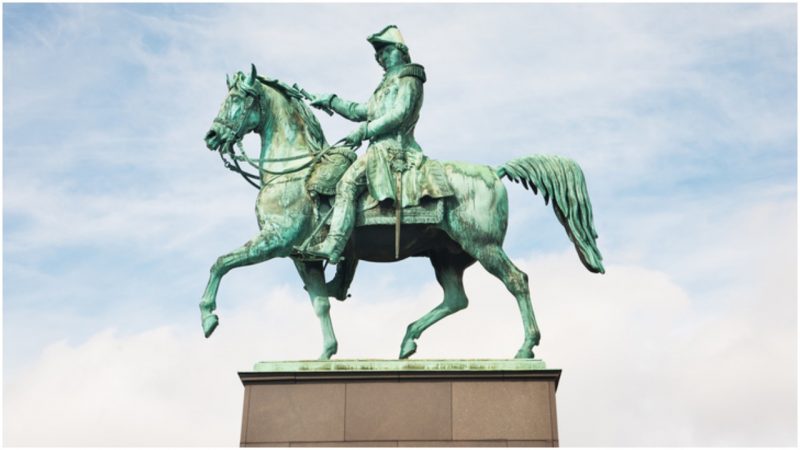During the French Revolution and later the Napoleonic Wars, the aristocracy of France was decimated and their role in French society was left in a vacuum ― royal sympathizers, nobles, military officers, clergy, and other aristocrats either fled or faced the guillotine.
On the other hand, the revolution enabled many members of the bourgeoisie to rise through ranks and take on functions previously reserved for people of noble descent. It was a time of great turmoil, in which a new ruthless meritocracy made way for those who dared.
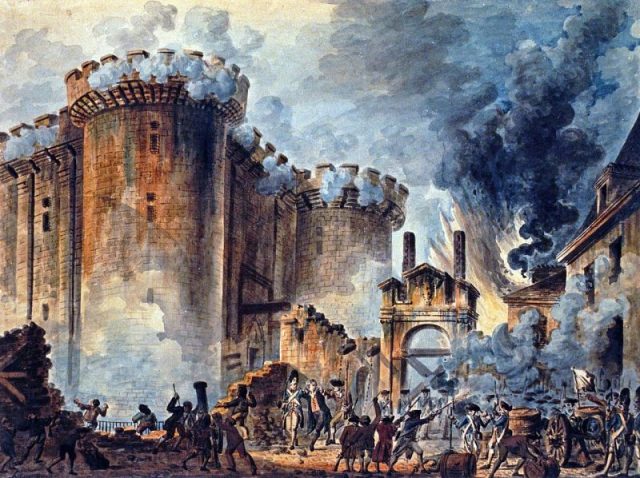
As Napoleon began his conquest of Europe, a number of non-commissioned officers managed to rise through the ranks and reach lofty positions, some of them even receiving the distinction of being Marshals of France.
One such story even led a man to become the King of Sweden and form a dynasty which currently rules this Scandinavian monarchy. His name ― at least before he became royalty ― was Jean Bernadotte.
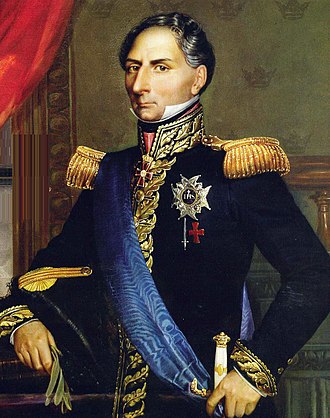
Bernadotte was born in Pau, in the south of France, to a middle-class family. After a period of education and apprenticeship as an assistant for a local attorney, Jean joined the military in 1780. By the time the revolution came knocking in 1789, he held the rank of sergeant.
What followed was a quick rise through the military hierarchy during the wars which shook France immediately after the revolution and gave birth to its future Emperor: Napoleon Bonaparte.
In 1794, Bernadotte was promoted to divisional general after his division under General Jean-Baptiste Jourdan defeated the coalition of four European powers at Fleurus, during the Flanders campaign.
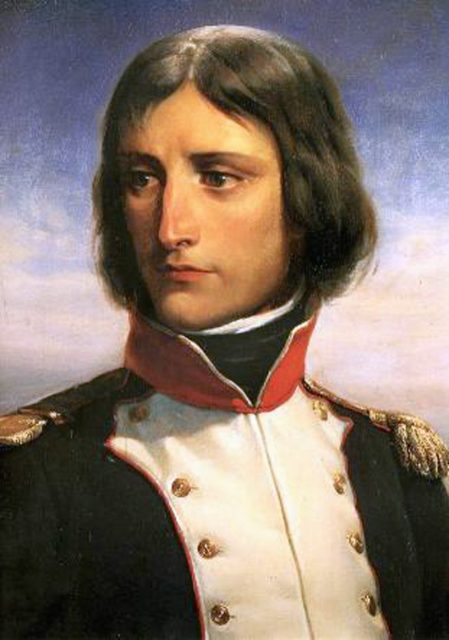
Now commanding a contingent of troops he once again earned praise and promotion during the Battle of Theiningen in 1796 and joined the conquest in Italy during the following year. During this time Bernadotte met with Napoleon who rewarded him with yet another promotion ― the former private in the French Royal Army was now appointed commander of an entire division.
Still, despite Napoleon’s great success in Europe, France was governed by a special five-man committee called the Directory. In order to seize power, Napoleon had to conduct a coup d’etat, which was exactly what he did in 1799.
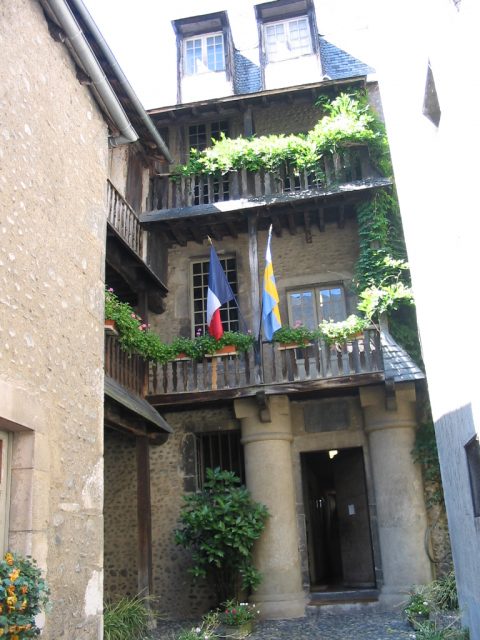
In the meantime, Jean Bernadotte became a significant player in the constellation of newly-formed figures of influence. He married the sister-in-law of Napoleon’s older brother, Joseph, which elevated him further into the elite.
At the time of the proclamation of the French Empire in 1804, Bernadotte was among Napoleon’s most trusted officers and was named one of the original eighteen Marshals of the Empire. But apart from being a clever socialite, this cunning Frenchman continued to amaze his leader on the battlefield. His contributions to Napoleon’s victory at Austerlitz earned him a noble title of Prince of Pontecorvo province in Italy.
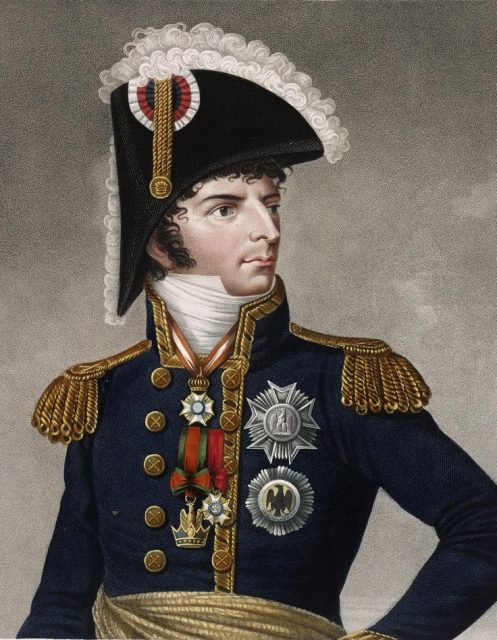
What followed was a series of almost mythical triumphs by Bernadotte on the field of battle. On one occasion, after capturing defeated Swedish troops at Lübeck, the Marshall let them go home. This gesture earned him praise in Sweden ― like an omen for things to come.
Following the turmoil brought about by the French Revolution, Sweden and Russia entered a short conflict regarding Finland in 1808, which was at that time under Swedish rule. The result was the formation of the Grand Duchy of Finland, under the patronage of the Russian Empire.
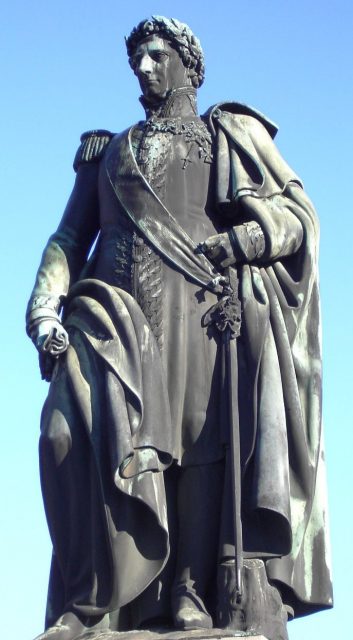
Thuresson CC BY-SA 2.0
The defeat caused outrage in Sweden, and King Gustav IV Adolf was deposed by his uncle, Charles XIII. However, the new king suffered from premature senility and a lack of heirs. One of his children was stillborn, while the other died within the first week of his life. Thus, the Swedish parliament ― Riksdag of the Estates ― took matters into their own hands.
8 Words you will NEVER hear the Royal Family say
They appointed Christian August of Augustenborg, Prince of Denmark, as their presumptive heir to the throne. However, only one year after being appointed, the Prince suffered a stroke from which he never recovered.
Meanwhile, the Napoleonic conquest had left Europe shaken. The Emperor appointed his brothers and trusted generals as heads of client kingdoms across Europe in an attempt to unify the continent under his rule.
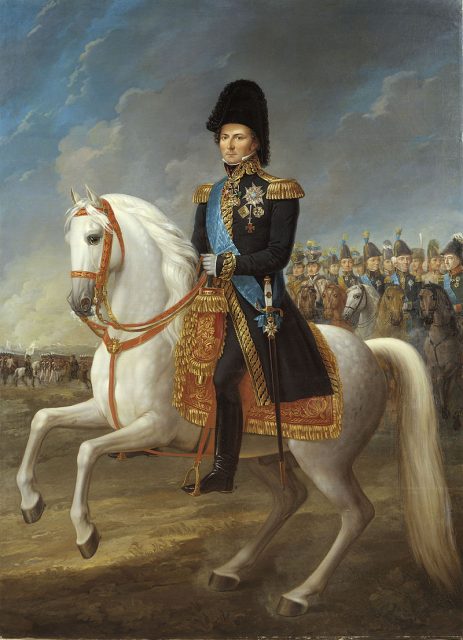
The Swedish Parliament agreed on letting Napoleon suggest someone suitable to take up the role of king of Sweden. This was how Jean Bernadotte, an attorney’s assistant and a professional soldier, entered the royal Scandinavian bloodline.
The Prince of Pontecorvo adopted a new name ― Charles XIV John of Sweden.
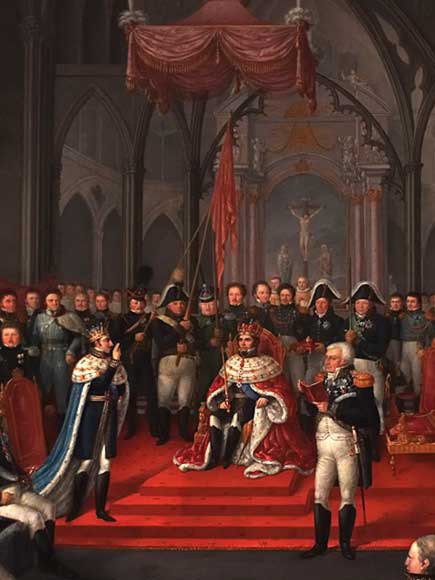
He de facto ruled the country as regent from 1810 to 1818, during which time the old king Charles was still nominally in power. After his death in 1818, Bernadotte became the King of Sweden and the King of Norway, as the two countries were in a form of a union at the time.
He would hold on to this title until his death in 1844, after 26 years of peaceful reign.
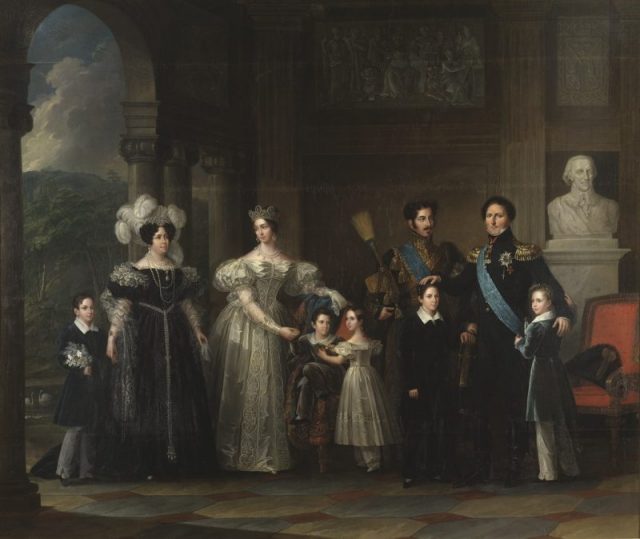
The new king proved more than capable of balancing his power within the restraints held by the Parliament. His rule in the post-Napoleonic period is characterized by a wise decision to maintain good relations with the Great Powers such as England and Russia while ending the traditional expansionist policy that had often led Sweden into costly wars and disastrous defeats.
Bernadotte’s approach concerning the foreign policy of the country is today considered as being the forerunner of Sweden’s neutrality, while his domestic policy focused on economy and investments, providing a period of great prosperity for the nation.

In addition, being a former soldier earned him great respect from influential figures within the army who admired his peacemaking skills and readiness for war.
The House of Bernadotte continues to be the ruling dynasty in Sweden to this day, with the current king, Carl XVI Gustaf of Sweden, being a descendant of the famous Marshal of France, Jean Bernadotte.
Nikola Budanovic is a freelance journalist who has worked for various media outlets such as Vice, War History Online, The Vintage News, and Taste of Cinema. His main areas of interest are history, particularly military history, literature and film.
